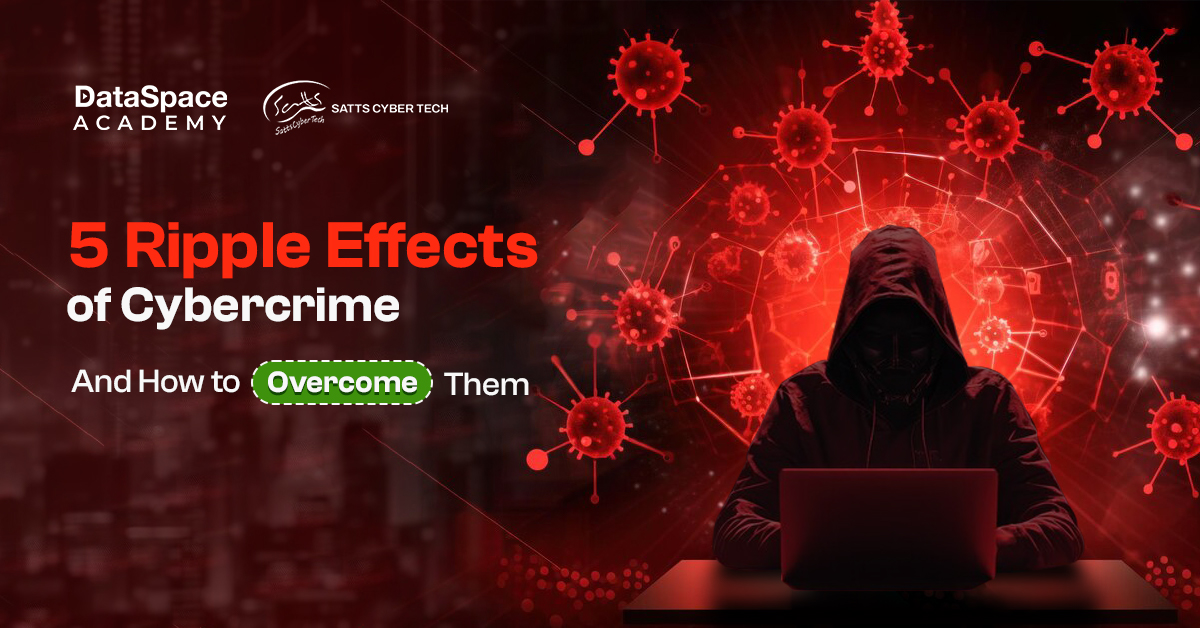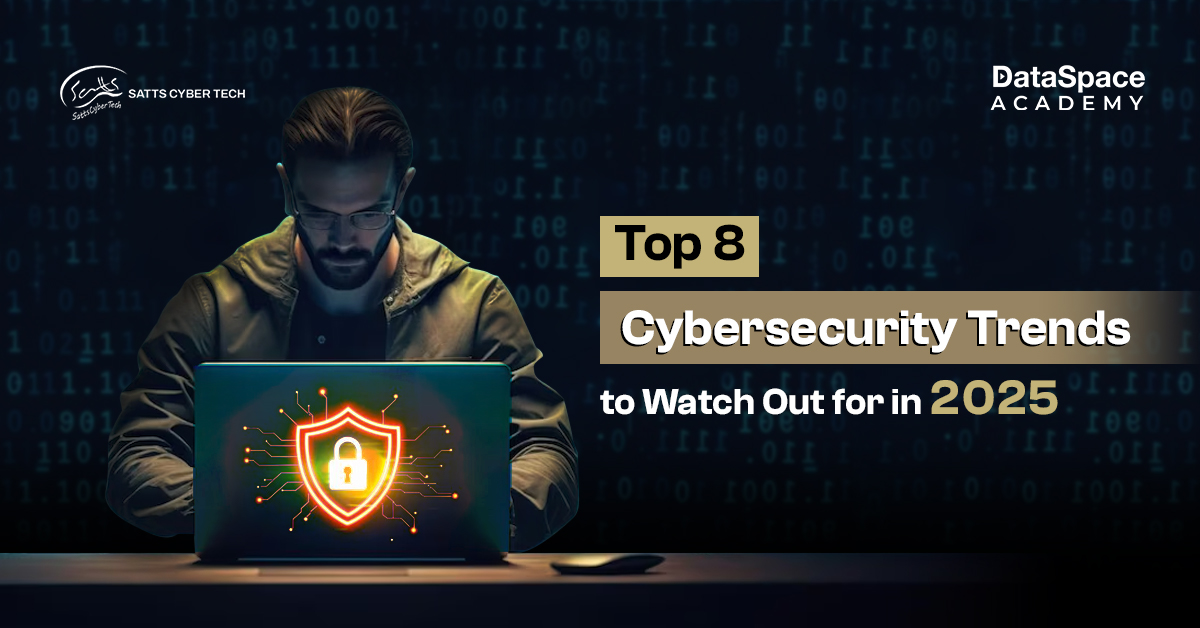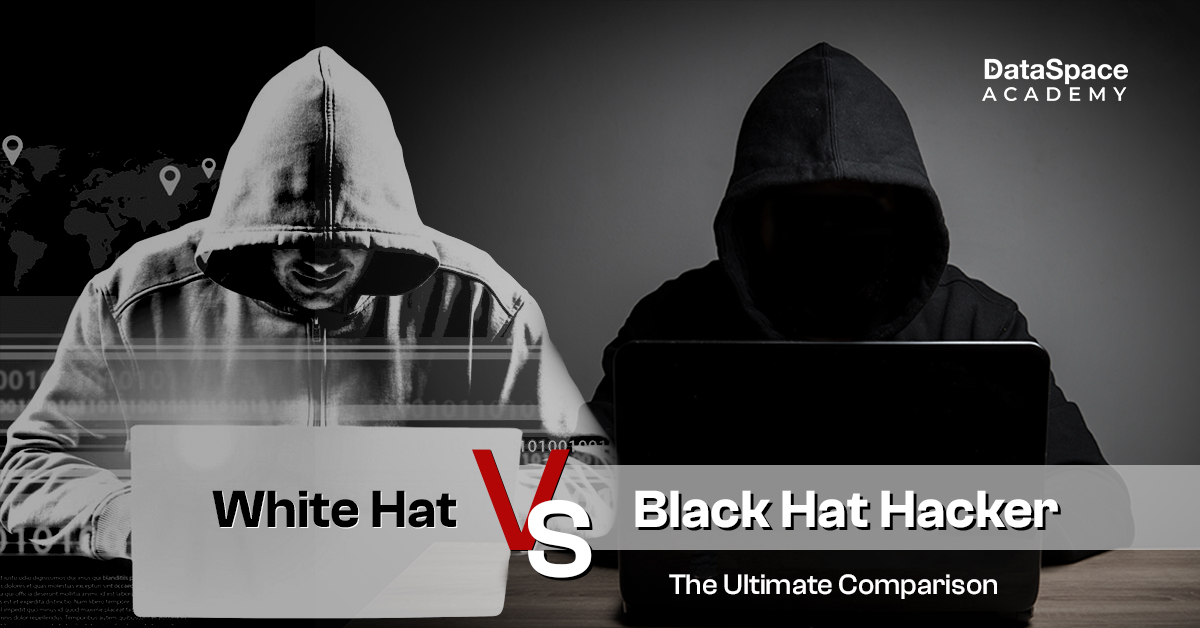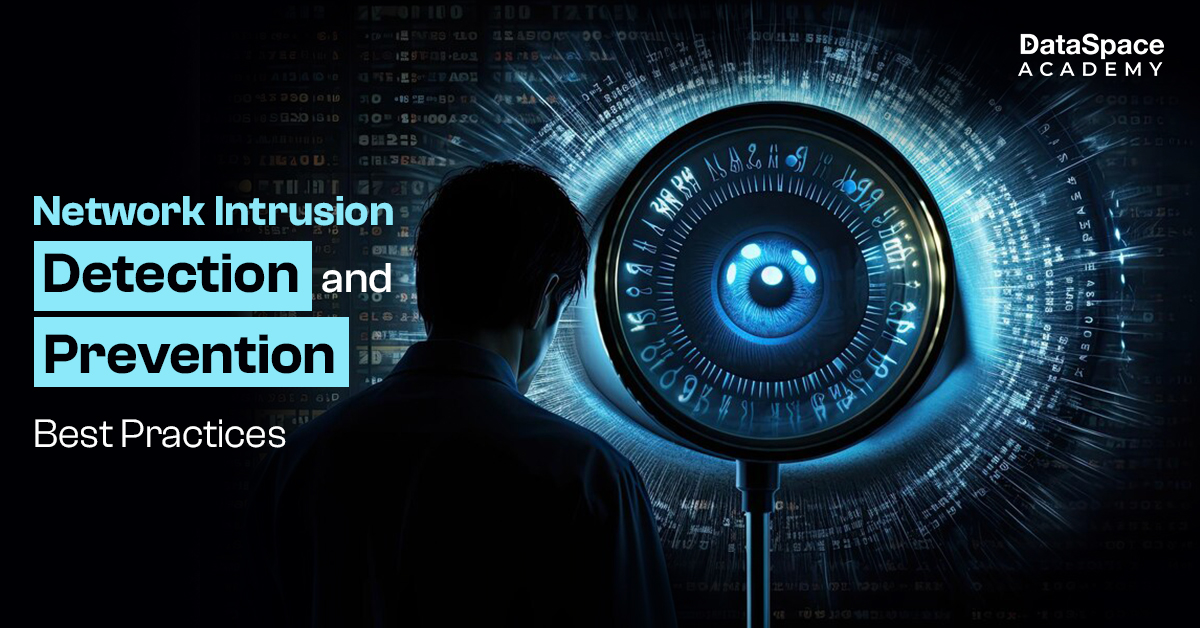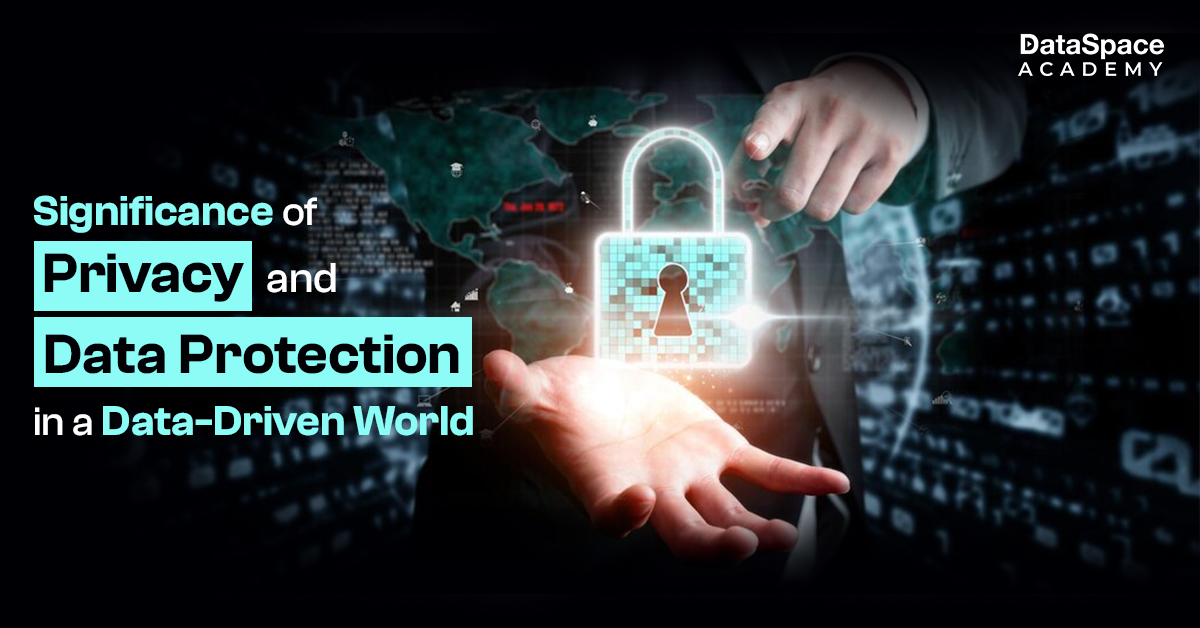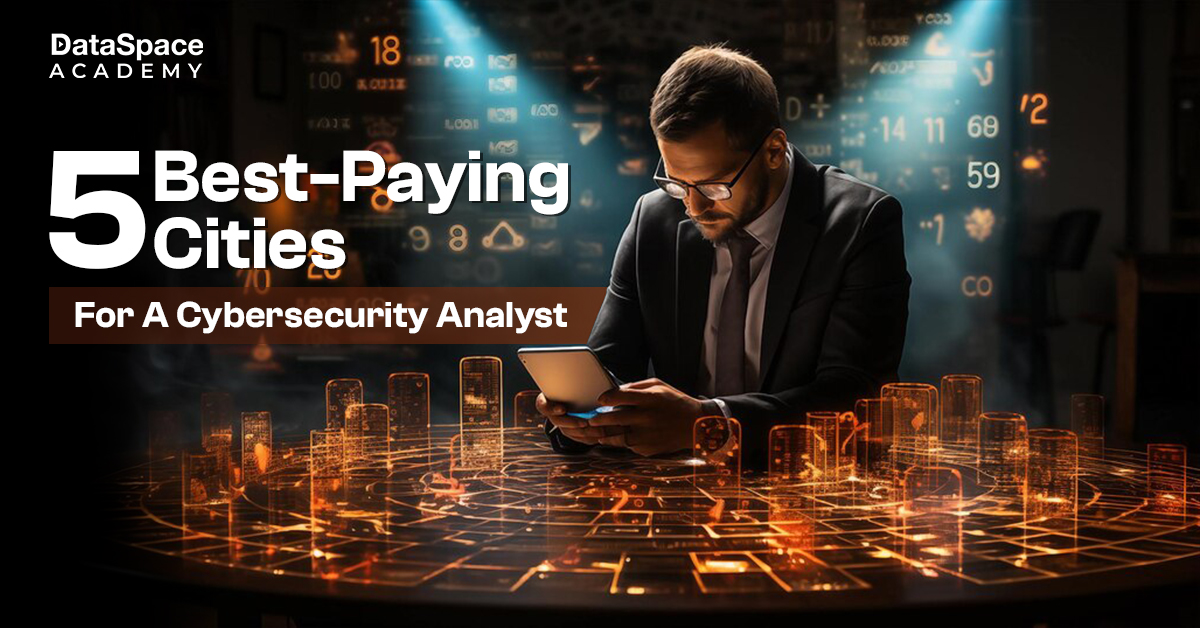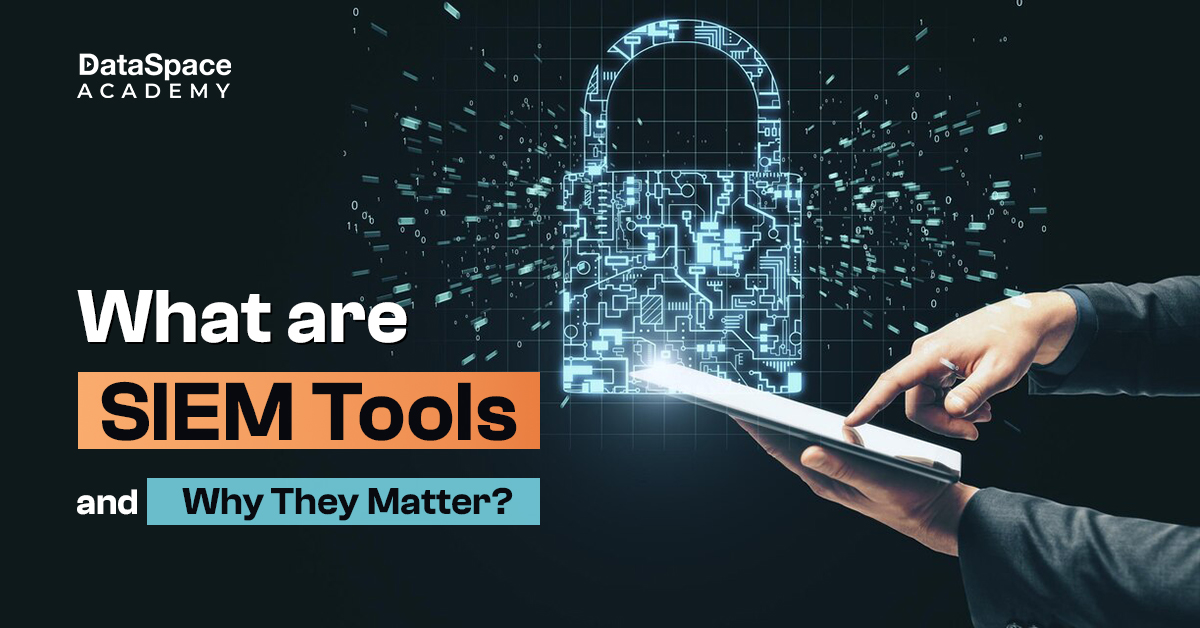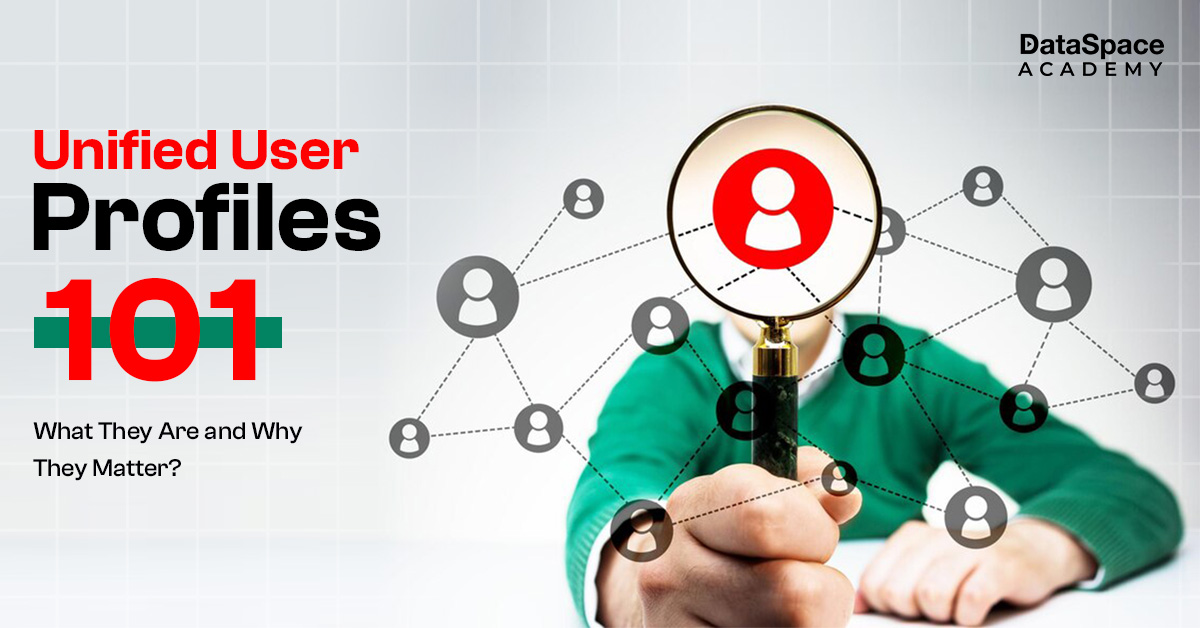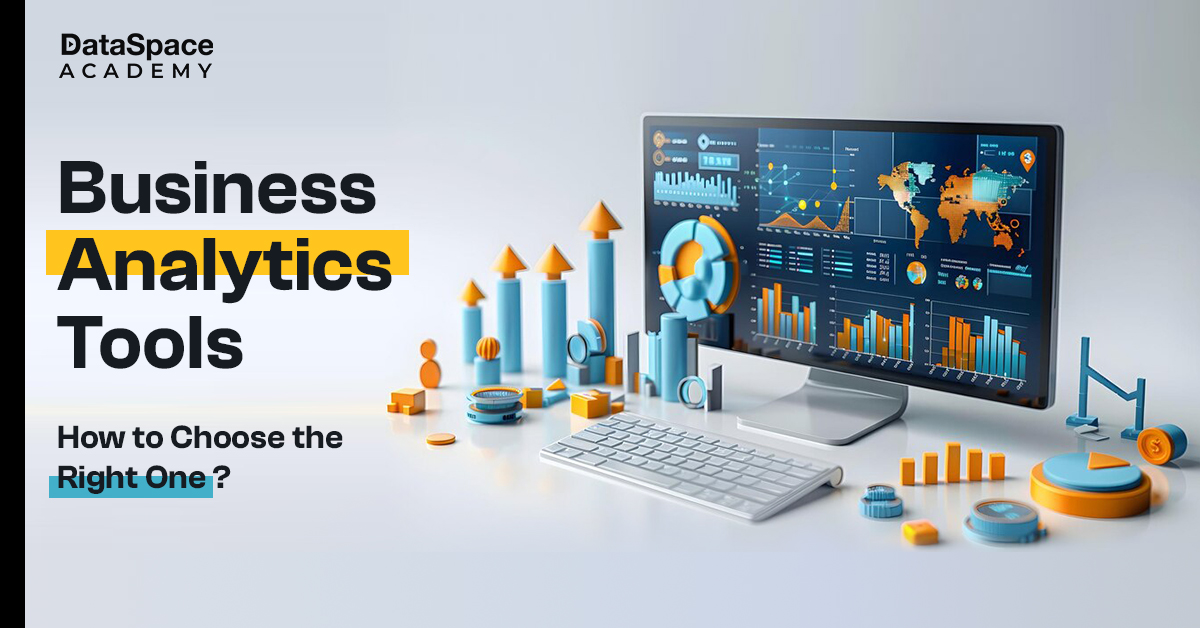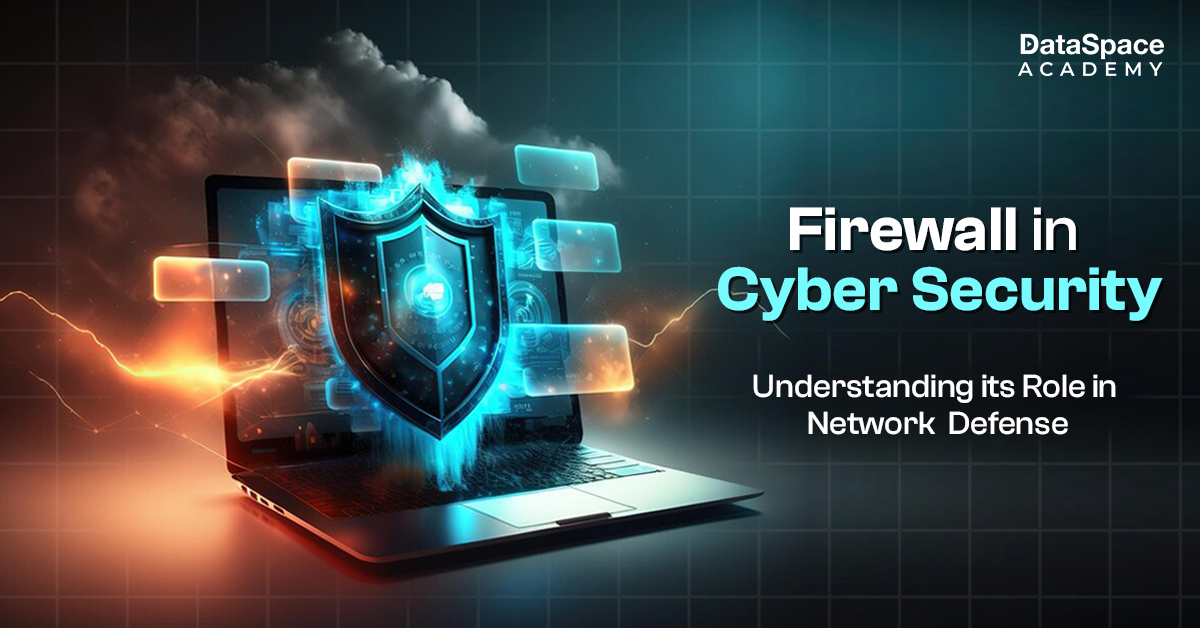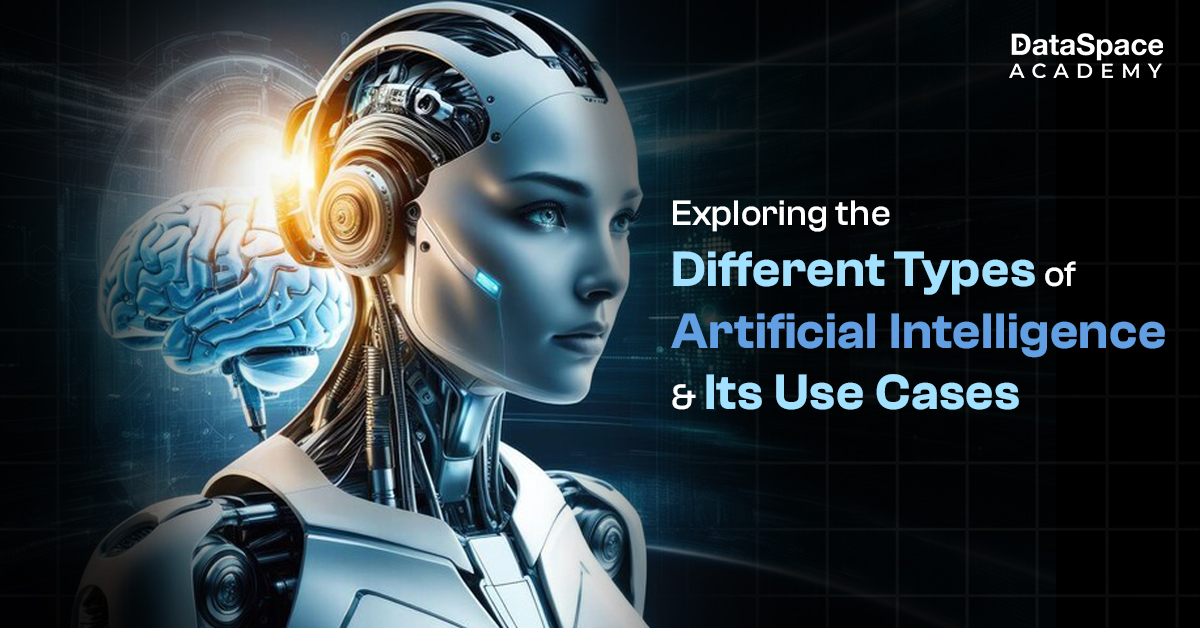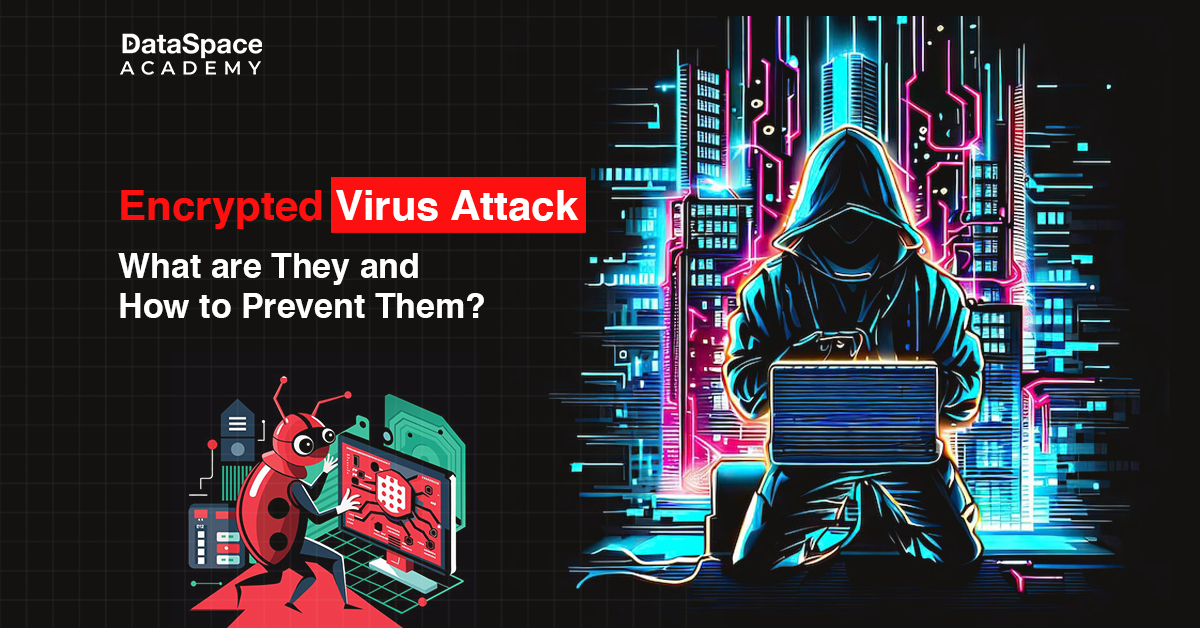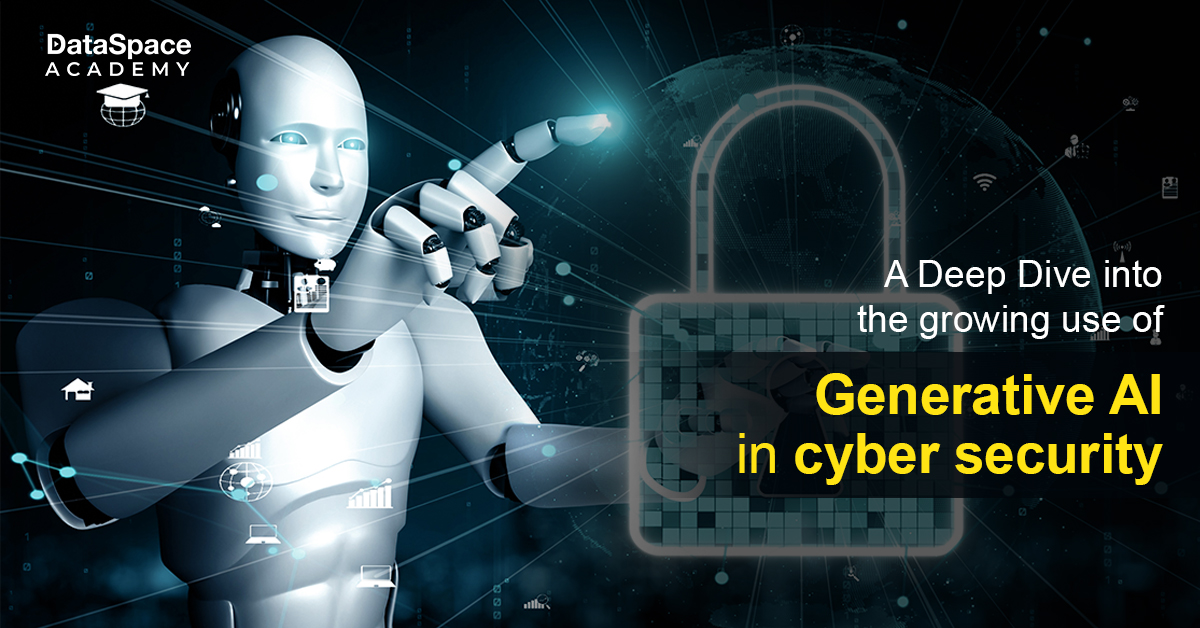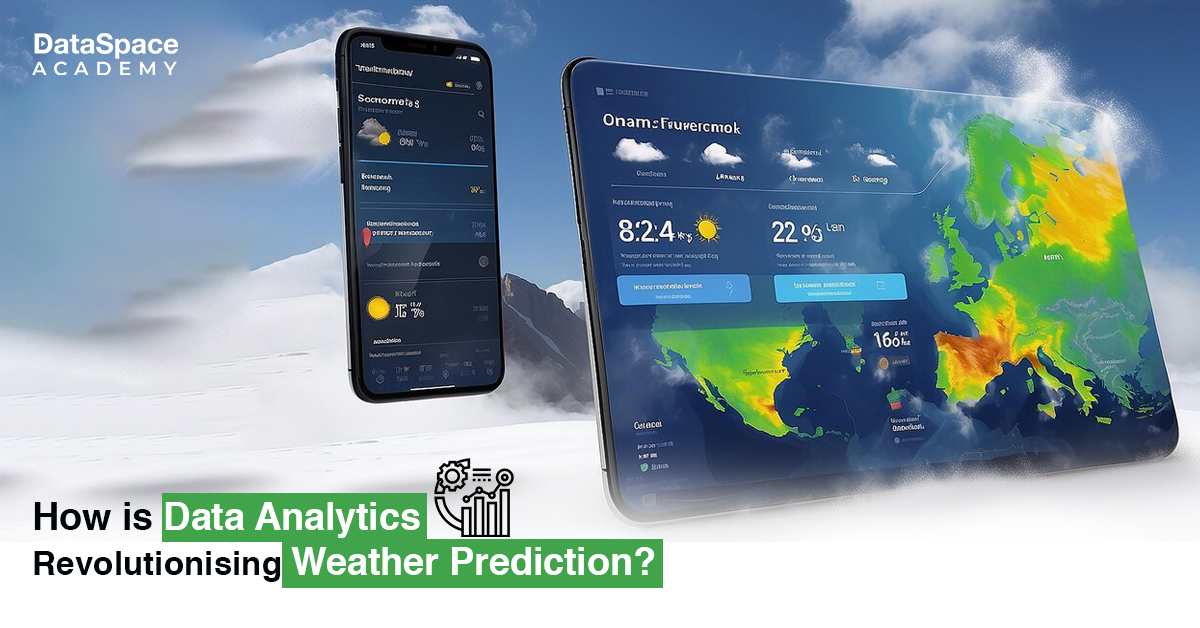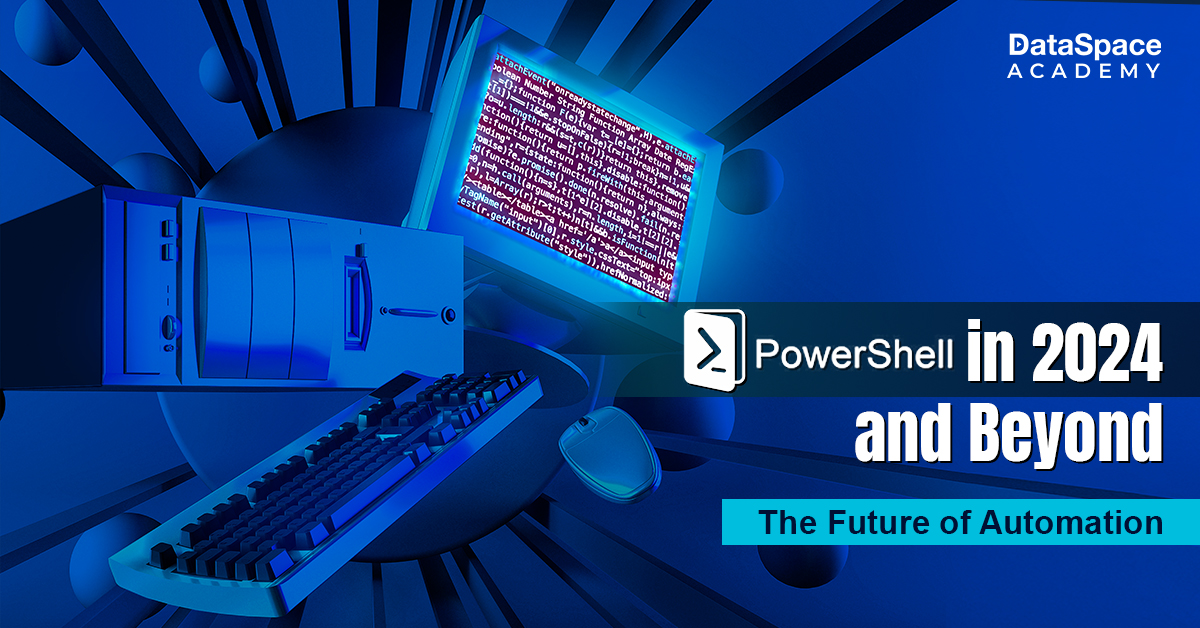What is Biometric Security and why does it matter in today’s age
Last Updated : 10 Nov, 2021
 38.63K
38.63K

What is Biometric Security and why does it matter in today’s age
Table of Contents
Biometric protection is a sort of protection that verifies human beings’ bodily or behavioral capabilities to become aware of them. It is the most effective and correct physical safety generation currently in use for identity verification. Biometrics are often hired in security structures in contexts where robbery is a challenge or when bodily protection is essential. Fingerprints, voice, retinal styles, facial recognition, and hand styles are examples of features that continue to be steady over time.
Biometric security is the most popular type of biometric security technology used in physical access. This is due to their reduced cost; yet, high-security environments frequently use iris recognition systems for the best accuracy.
What does Biometric Identification Mean?
Automated recognition systems use biometrics, which is unique physical identifiers. The veins in your palm, the minutiae of your fingerprints, and the shape and pattern of your iris, for example, are all biometric identifiers that are unique to you.
What are the differences between biometric identity & Authentication?
Whilst biometric safety systems can offer each identification and authentication, they’re now not the identical thing. A person’s capabilities are compared to an entire database with biometric identification. Biometric authentication, on the other hand, verifies that the character is who they declare they are by way of comparing their characteristics to a single profile from the database.
Why is Biometric Security so important in the present day?
Biometric security systems are increasingly being recognized for their merits, not only in securing physical surroundings but also in securing computers and commercial assets. Unauthorized personnel must be prevented from accessing security networks and systems in business buildings. Furthermore, due to compliance rules, only certain person should have access to sensitive data, and workflow processes must be followed to the letter. Passwords aren’t excellent for touchy facts because coworkers can share them. Groups can rather employ biometrics to control access to servers and computer systems.
What are Biometric Security systems & How do they work?
Biometric security is becoming increasingly important in modern life. Physical traits, including those of siblings and even twins, are distinct and fixed. Biometric identity can be used to replace password systems on phones and PCs.
The system maintains a person’s biometric data when it is gathered and matched, so it can be matched with subsequent access attempts. Biometric data is usually encrypted before being saved on the device or on a remote server.
Biometrics scanners are pieces of hardware that collect physical characteristics for identity verification and authentication. The hardware’s scans are compared to the saved database, and access is permitted or denied depending on whether a match is detected. Consider your body as a key to unlocking restricted locations.
Biometric Security Types
Face Recognition
Facial recognition is accomplished by calculating the ratios of a person’s facial characteristics, such as the distance between the eyes, nose, lips, ears, chin, and brows. Facial recognition is extremely accurate, and the findings are obtained in a fraction of a second.
Iris Scanning
The texture of a person’s iris is photographed and analyzed using iris authentication technology. When producing a sample, the software uses about 260 anchor points, which is far more than fingerprint systems, which use 60-70 anchor points.
Retinal Scan
Each retina has its own network of capillaries, and the retina, in most situations, does not change during a person’s life. A beam of infrared light is delivered into someone’s eye via an eyepiece during retina scanning. Because the retina’s capillaries absorb light more efficiently than other areas of the eye, the scan can produce a pattern of blood vessels, which can then be quantified and verified.
Fingerprinting
Because of its affordability, security, and relative accuracy, fingerprint systems are widely employed. A fingerprint scanner creates a digital image of the print, which is then converted into a code by pattern-matching software on a computer. After that, the code is compared.
Voice Recognition
The voice of a speaker is used to confirm their claimed identification. It’s a one-to-one match, with their voice-matched to a vocal model (also known as a voiceprint). Access to secure systems, such as telephone banking, is usually provided by such systems. A person’s expertise and participation are usually required for voice recognition to work.
What are the applications of Biometric Security Systems?
Biometric security solutions are becoming increasingly common in retail and banking situations, as well as on mobile devices. Let’s take a deeper look at some of the places where biometrics are currently being used — some may be recognizable to you, while others may surprise you.
Banking
Customers have grown tired of having to prove their identity on a regular basis, yet without it, the risk of identity theft will continue to climb. As a result, bank biometric security systems are in high demand. Many banks with mobile apps employ biometrics like facial recognition, fingerprint scanning, and voice verification to authenticate users.
Business Security
Many businesses are increasingly incorporating biometric authentication into their access control and time tracking systems. Take, for example, RecFace’s Id-Time. This software uses biometric data to automatically record employees’ working hours and compliance with labor standards. During the execution, seven different types of reports are created in less than a second.
Self Check-in
Single sign-on is a type of authentication in which a user uses a single ID and password to log into numerous software applications. You can use your Google login information to access Gmail, Google Drive, YouTube, and a variety of other apps.
Share on facebook
Facebook
Share on twitter
Twitter
Share on linkedin
LinkedIn
 38.63K
38.63K



